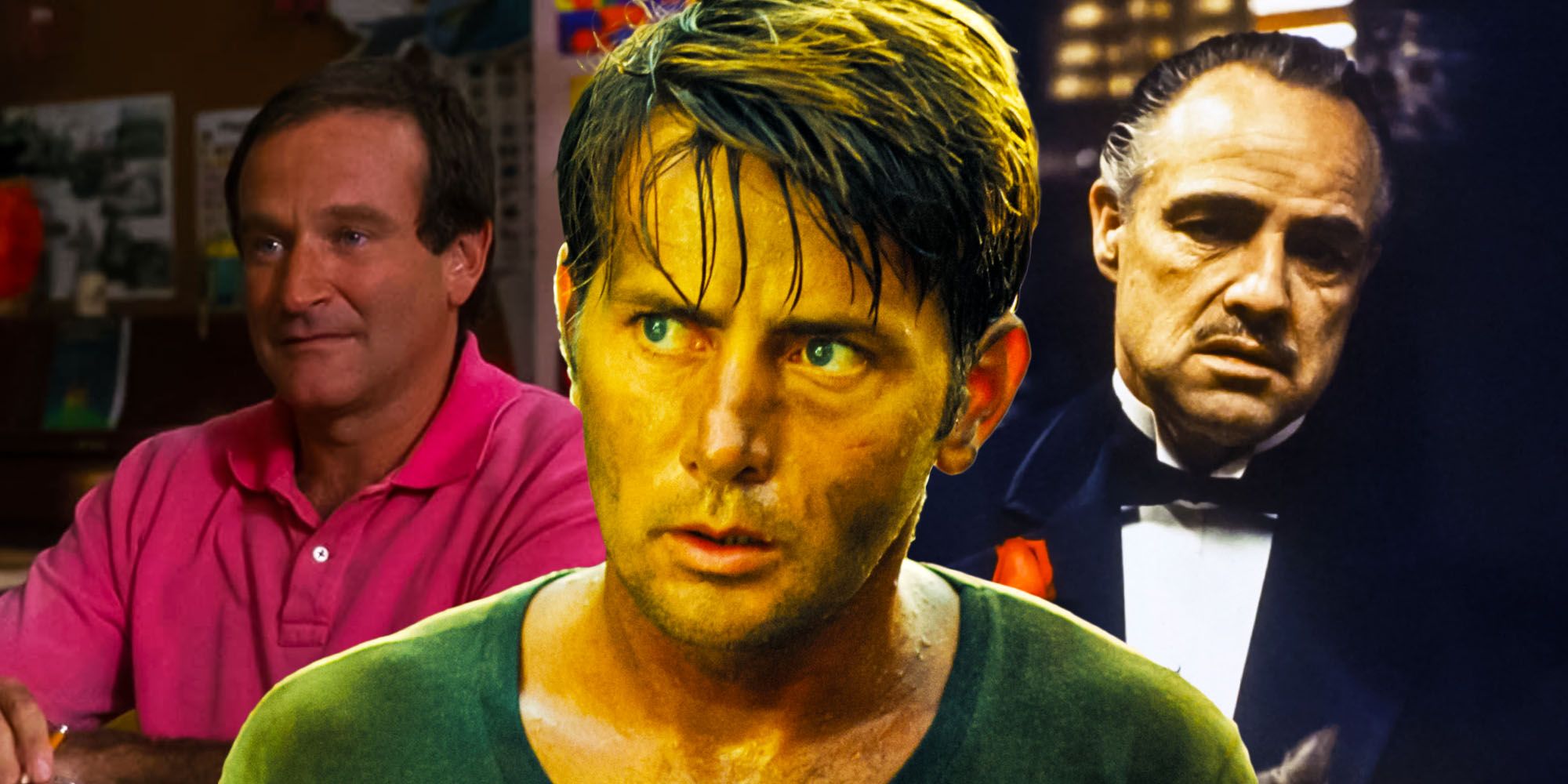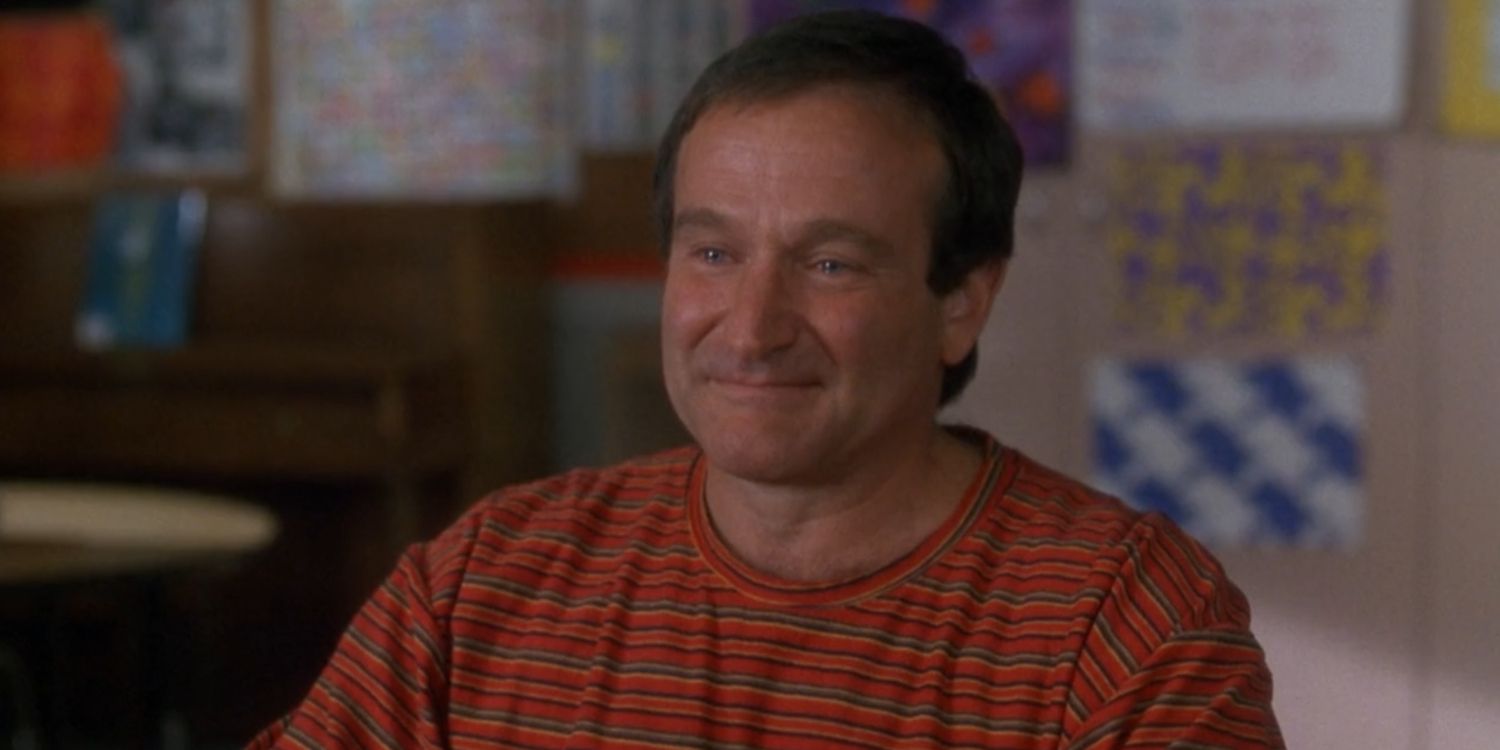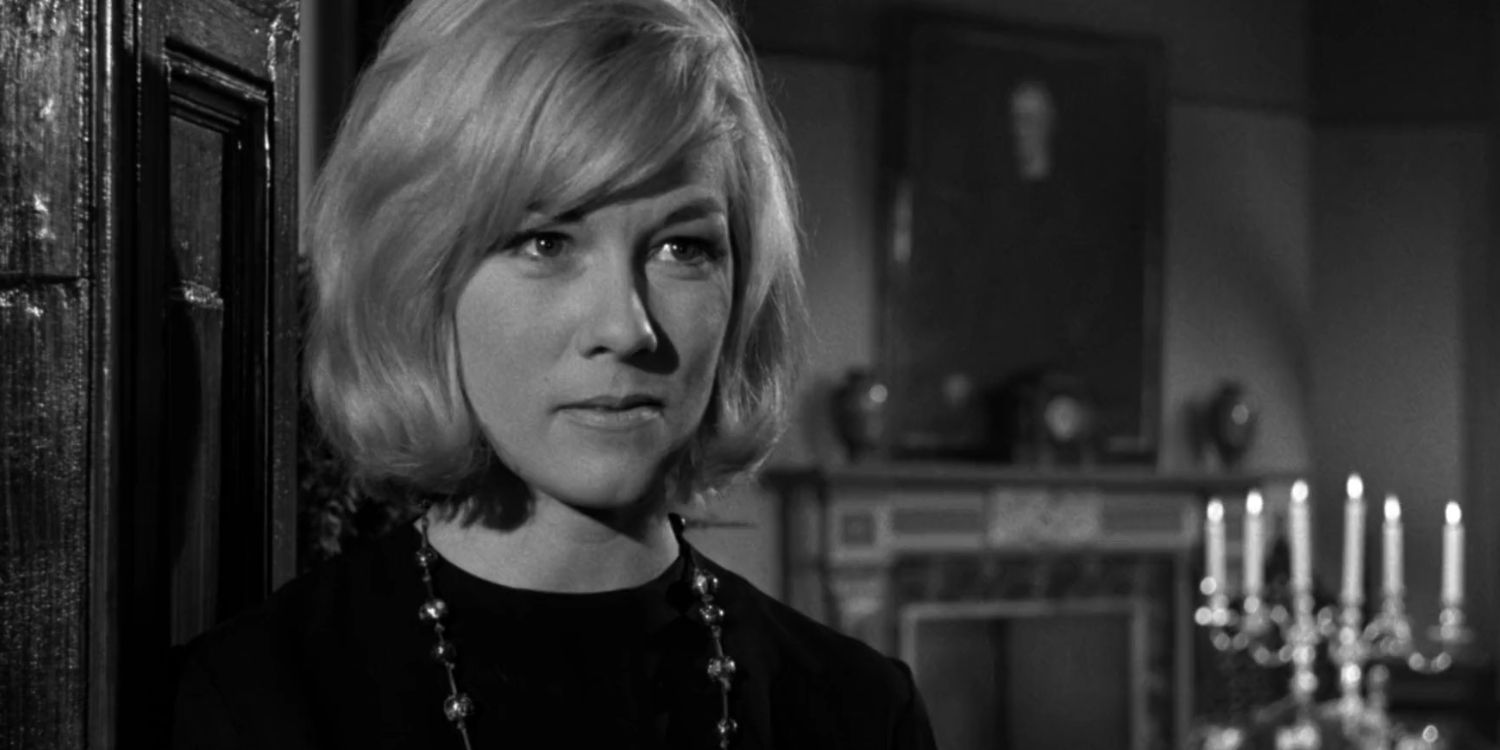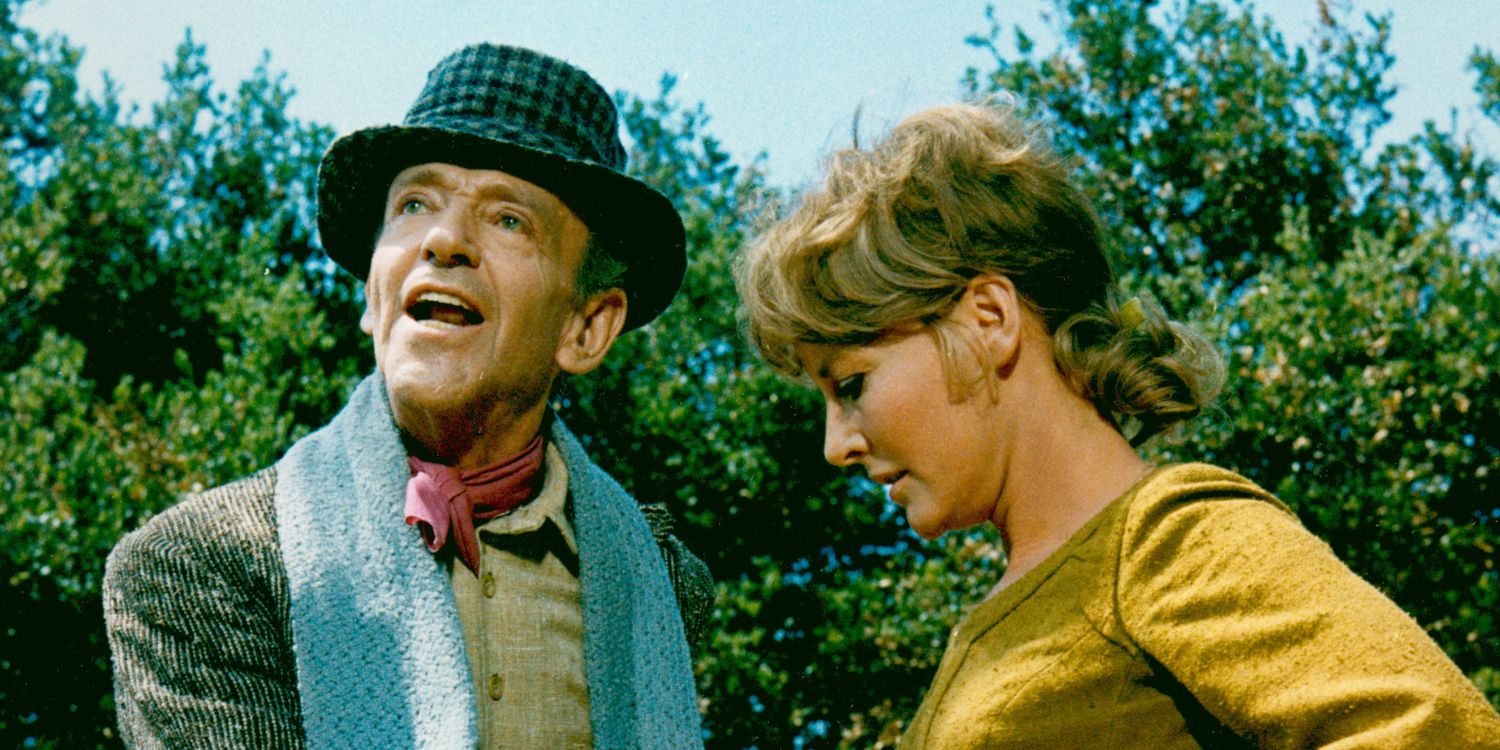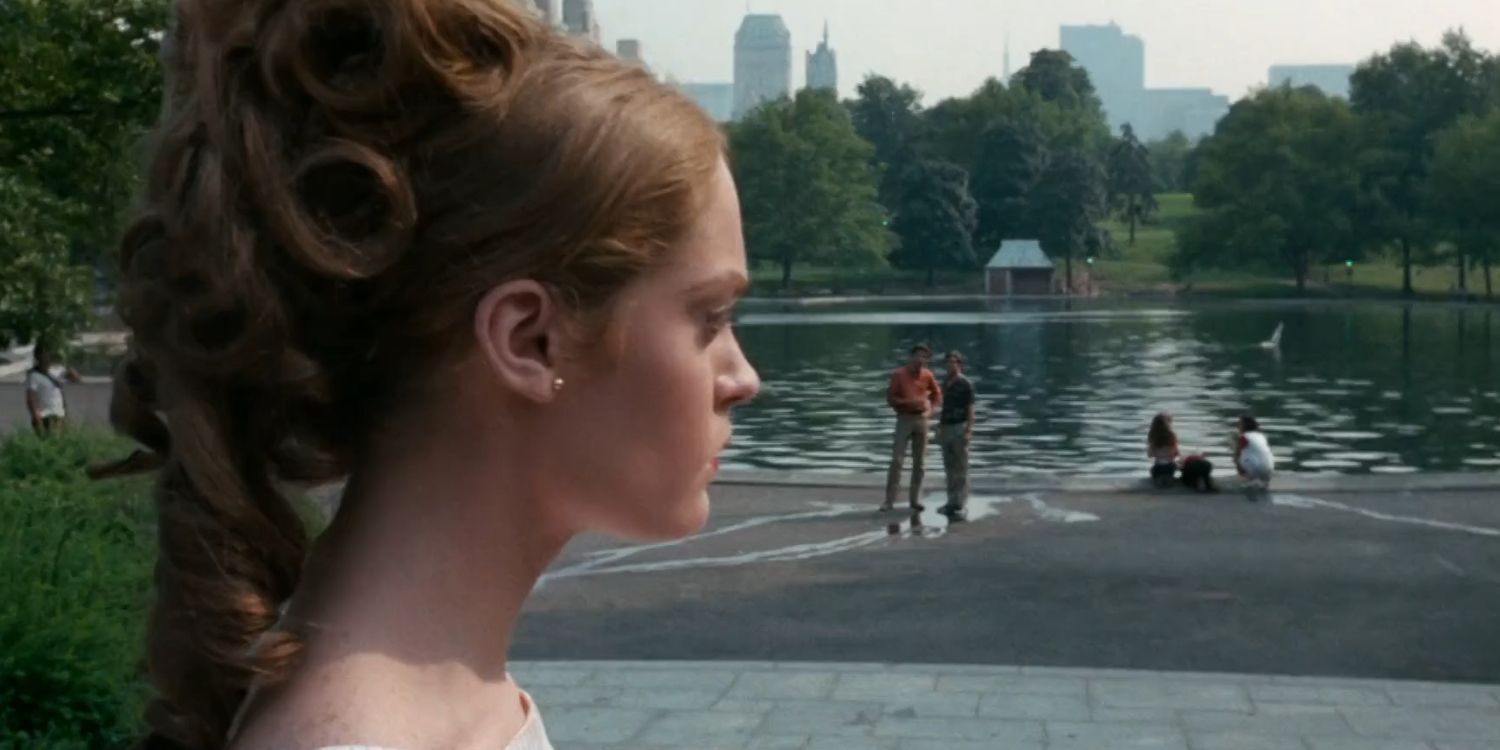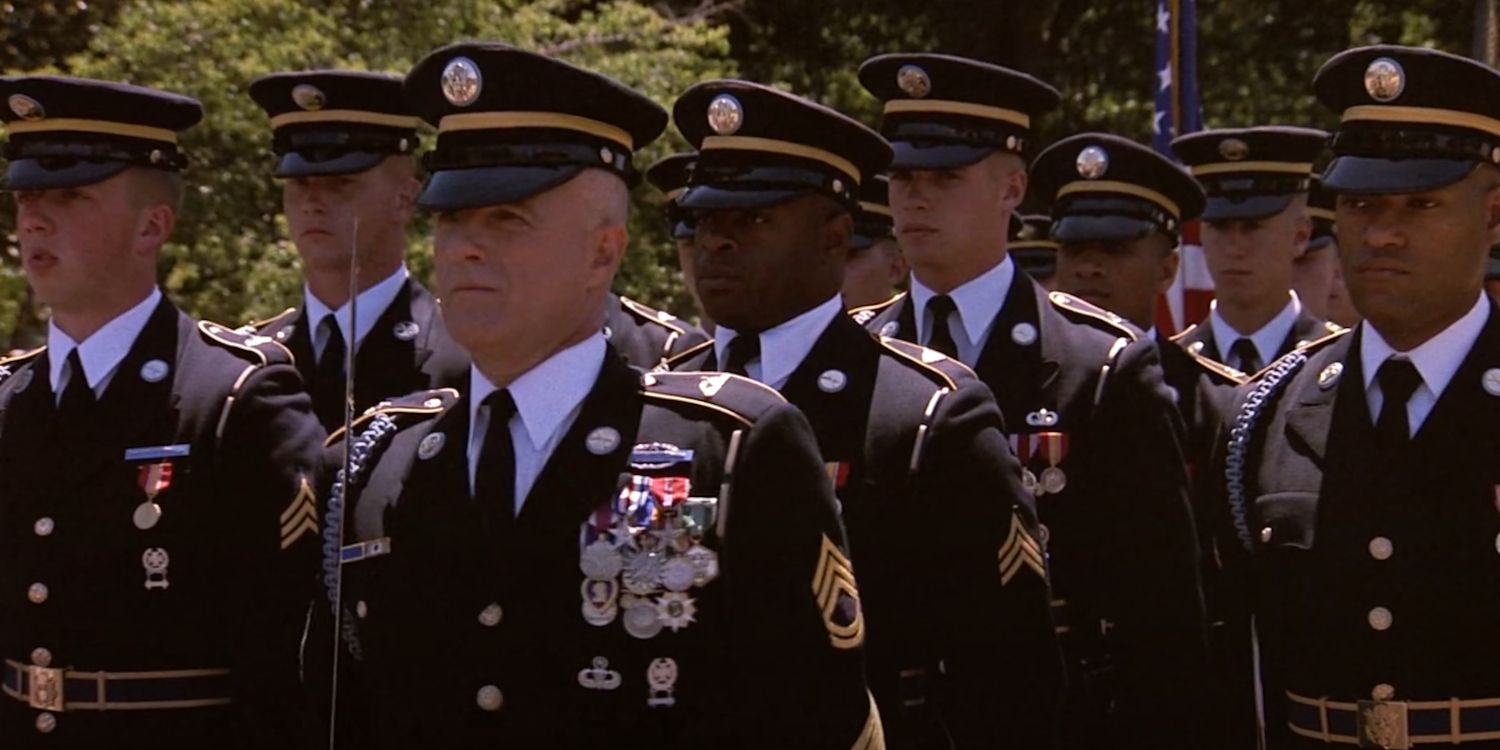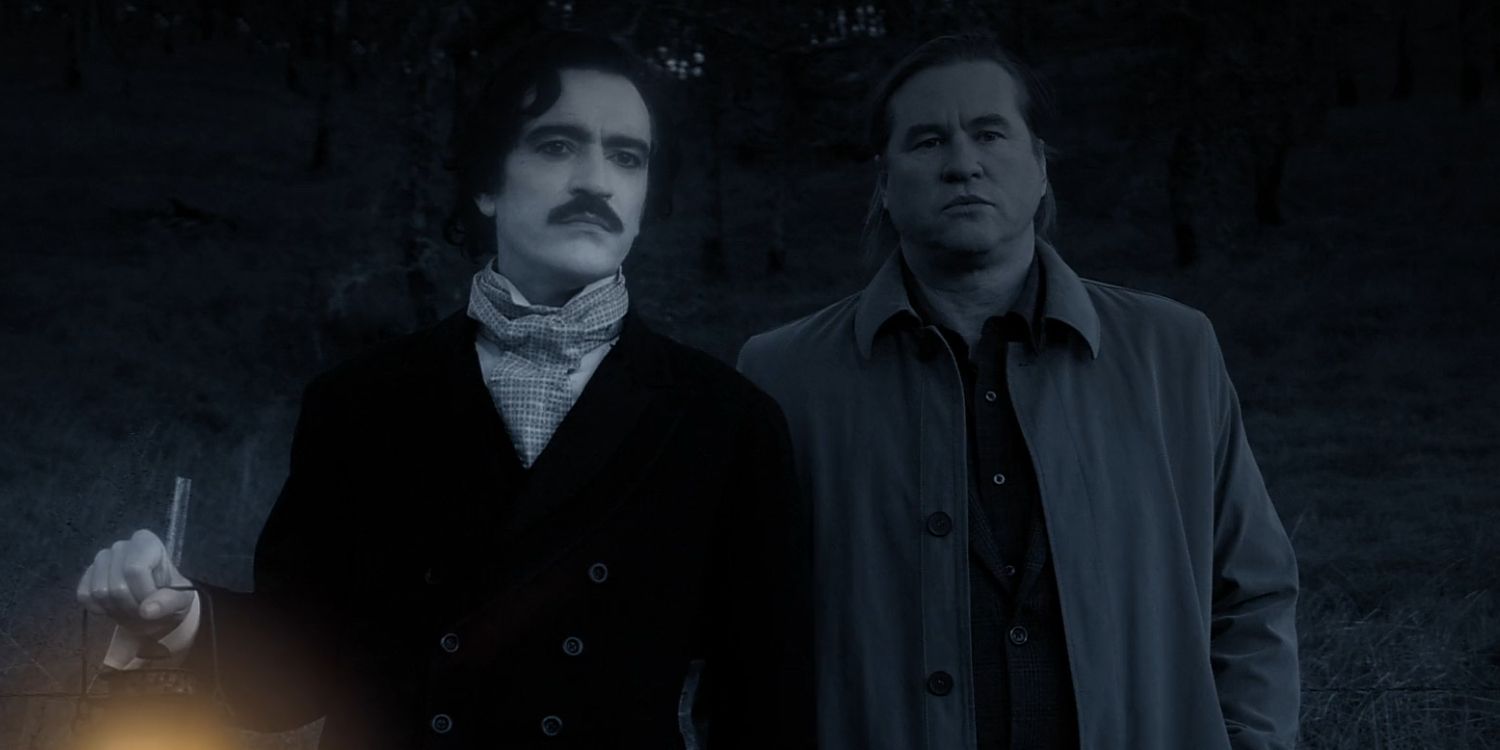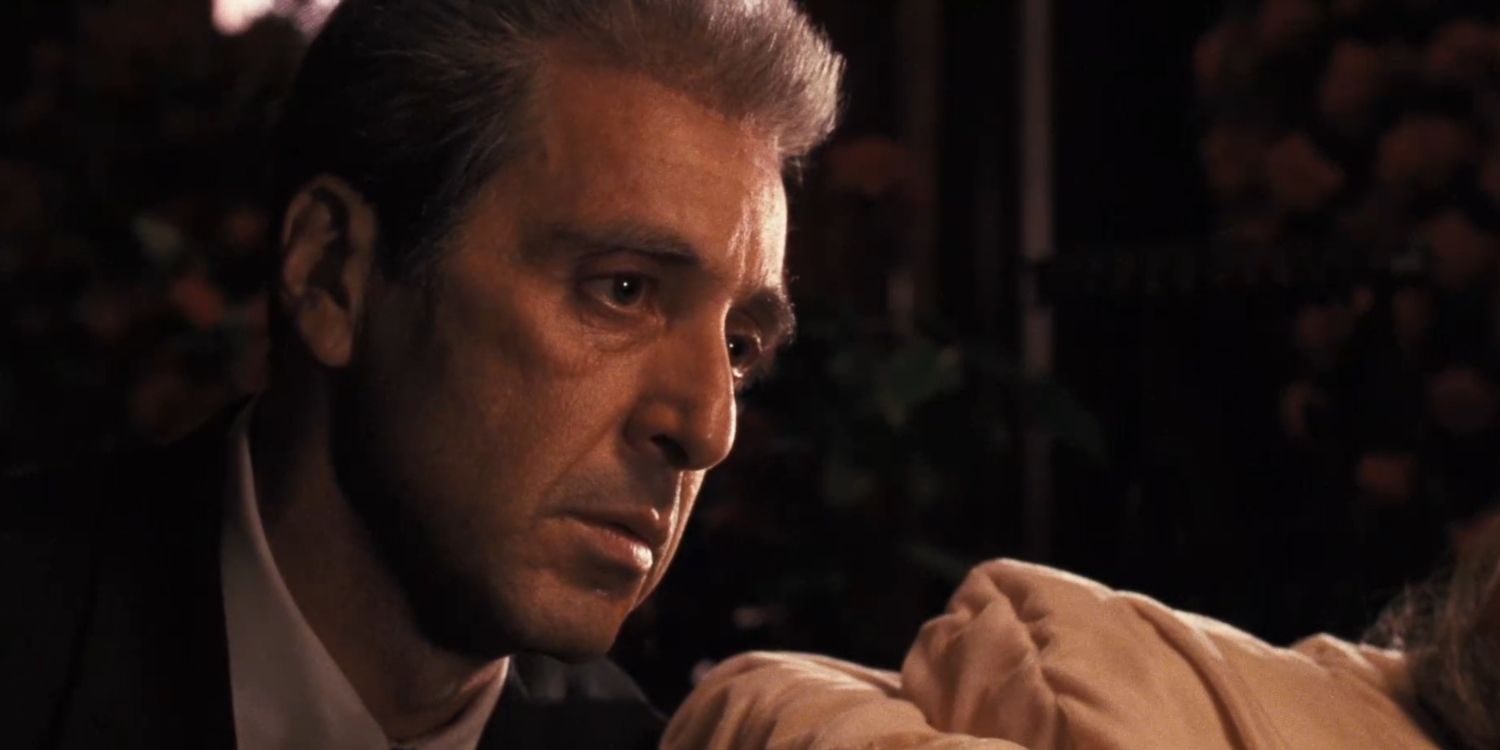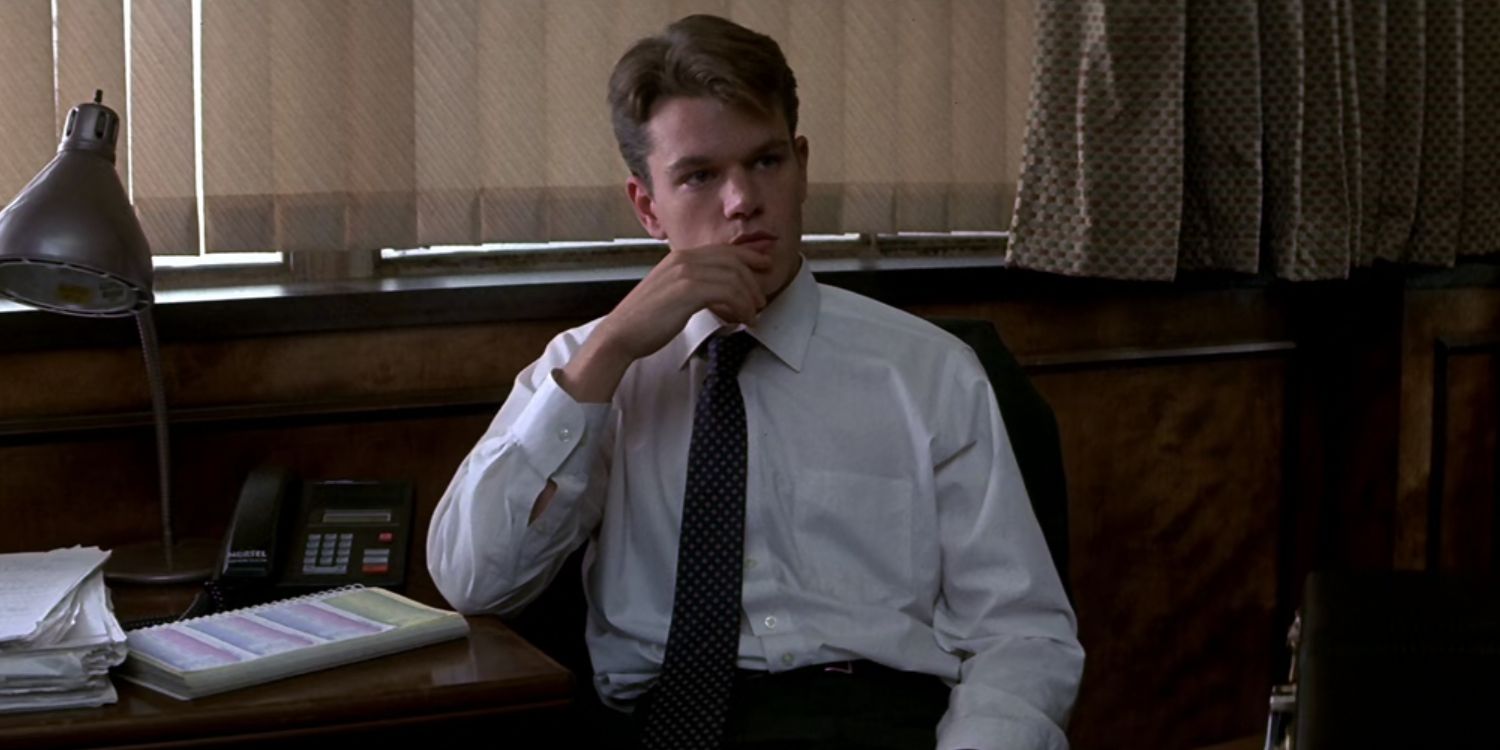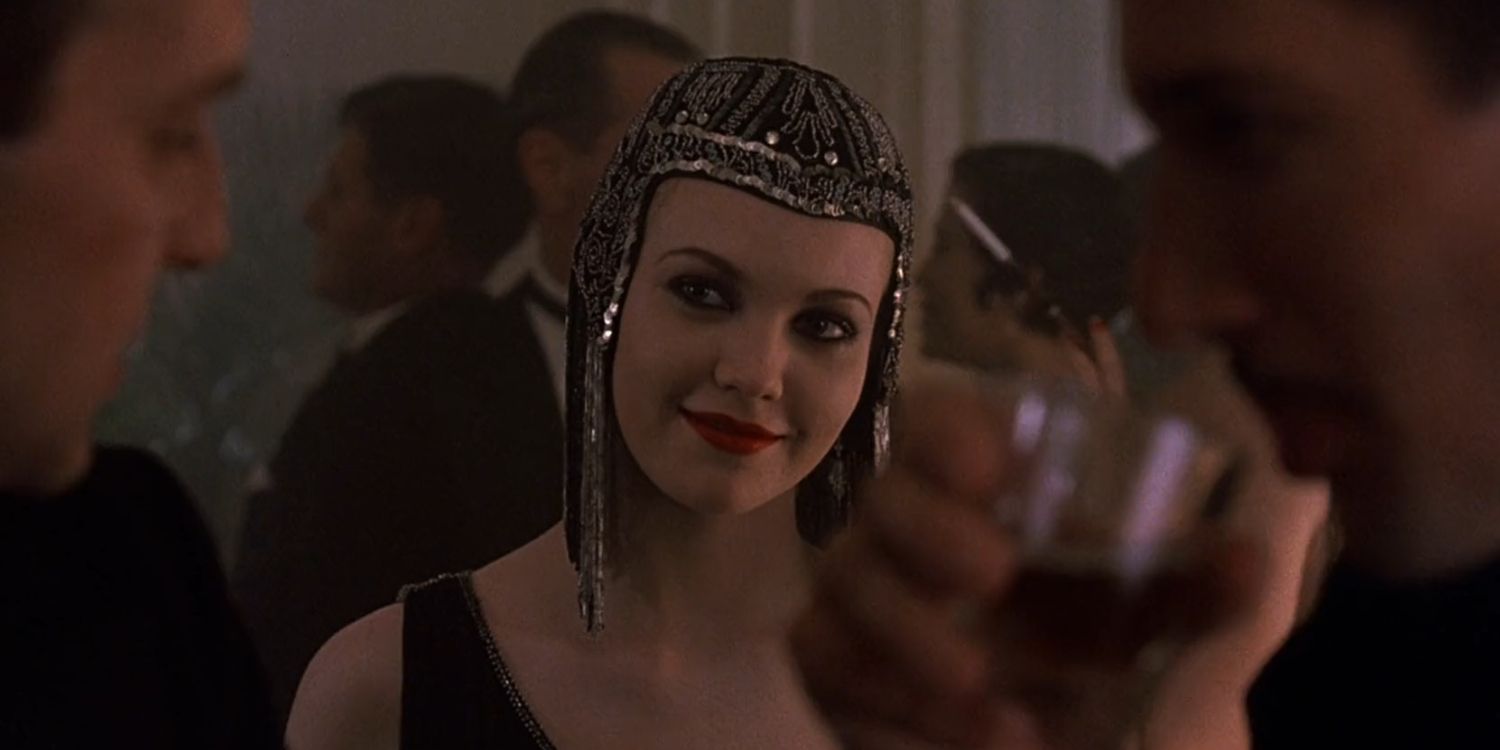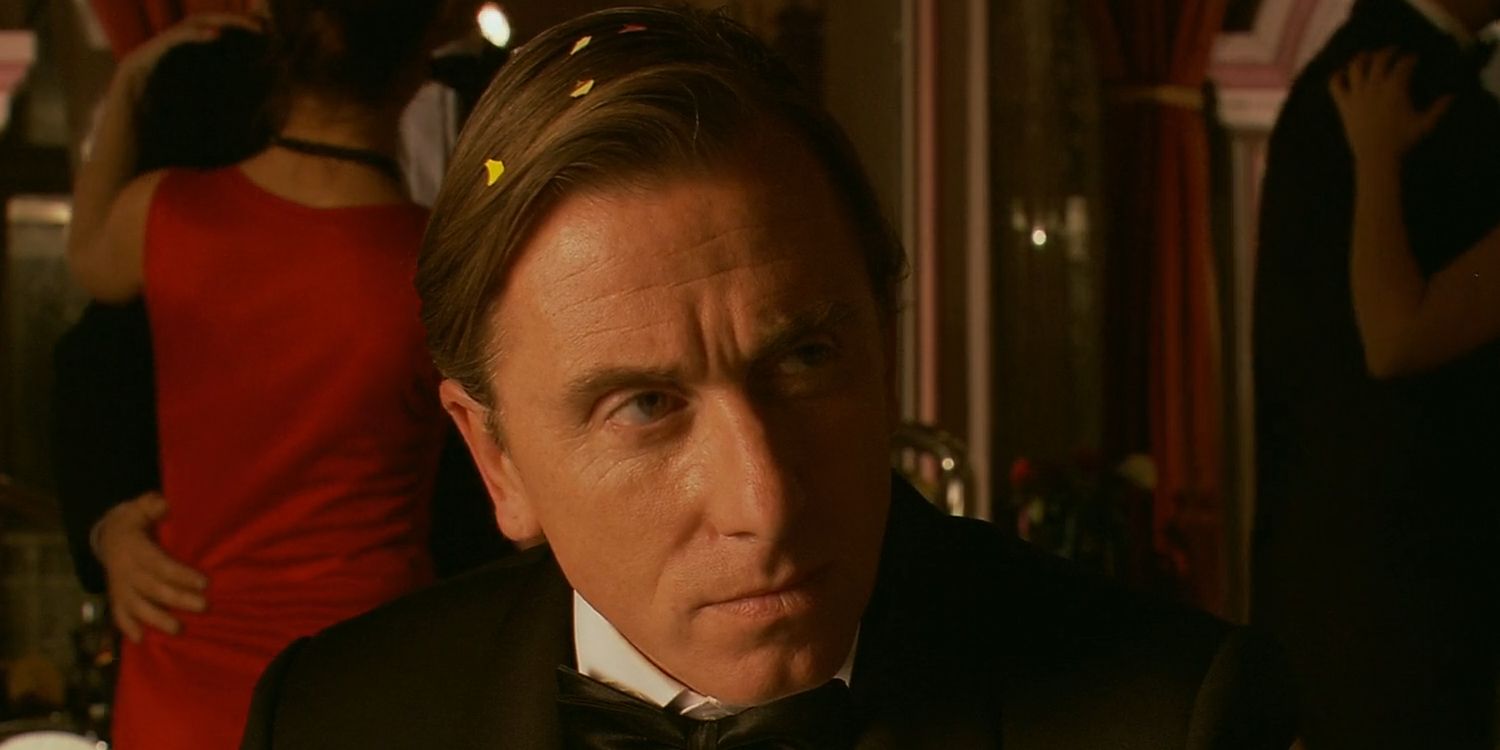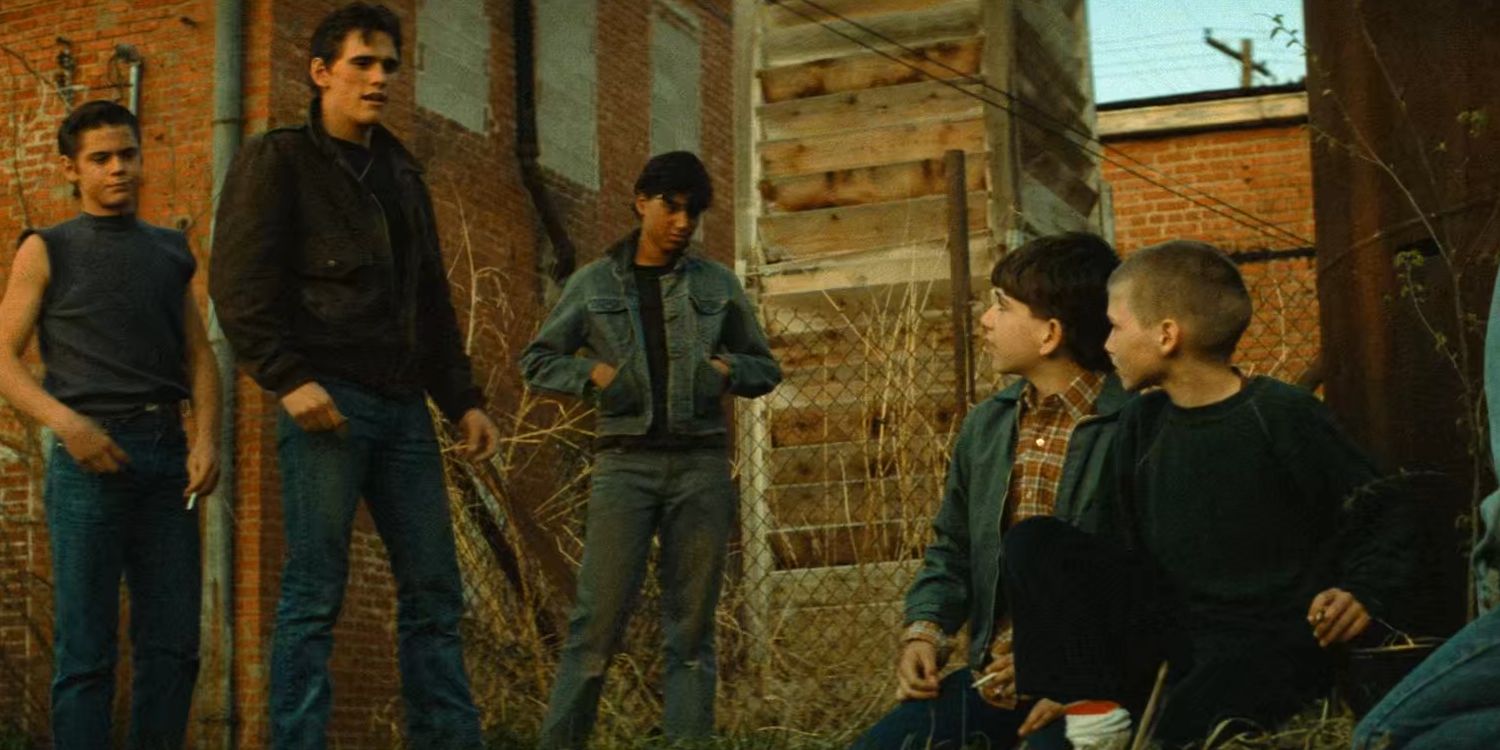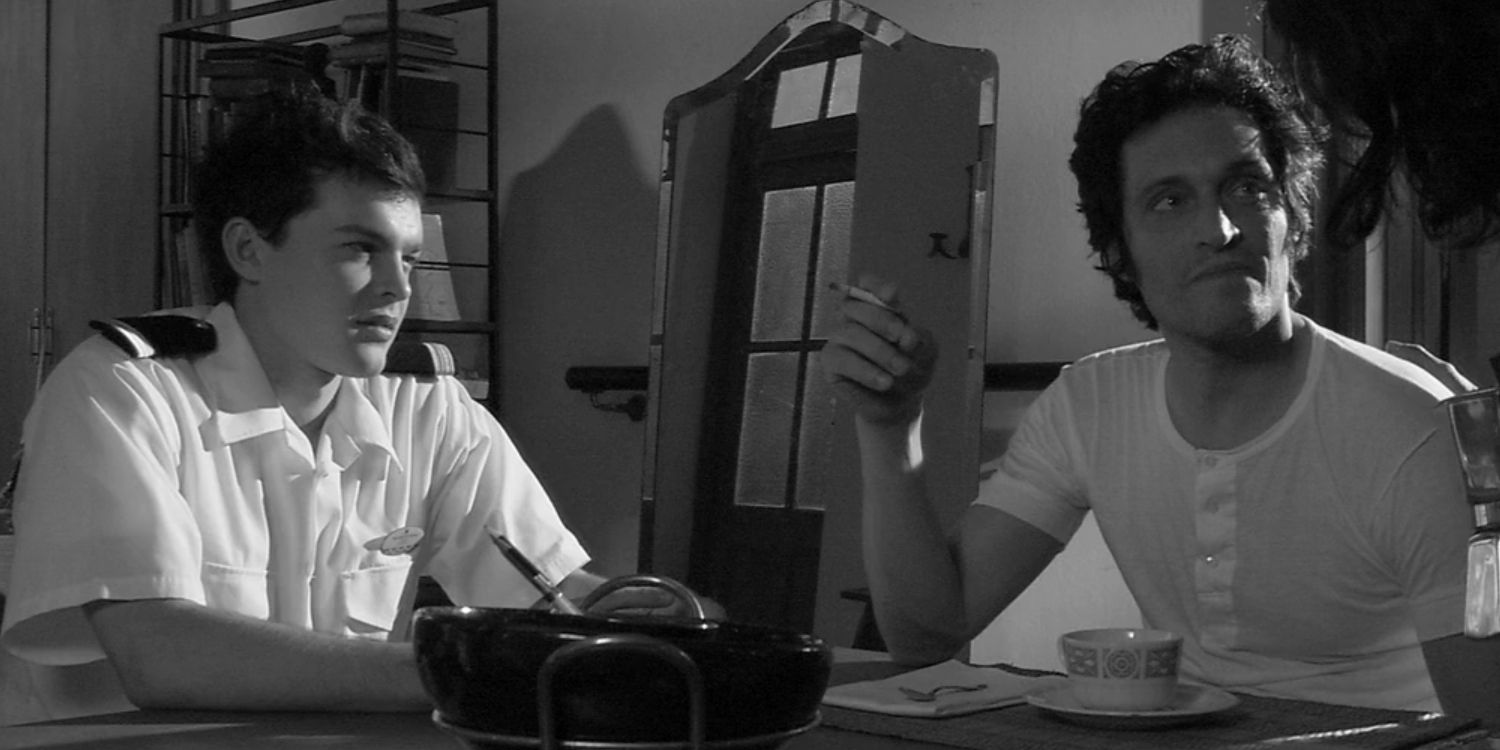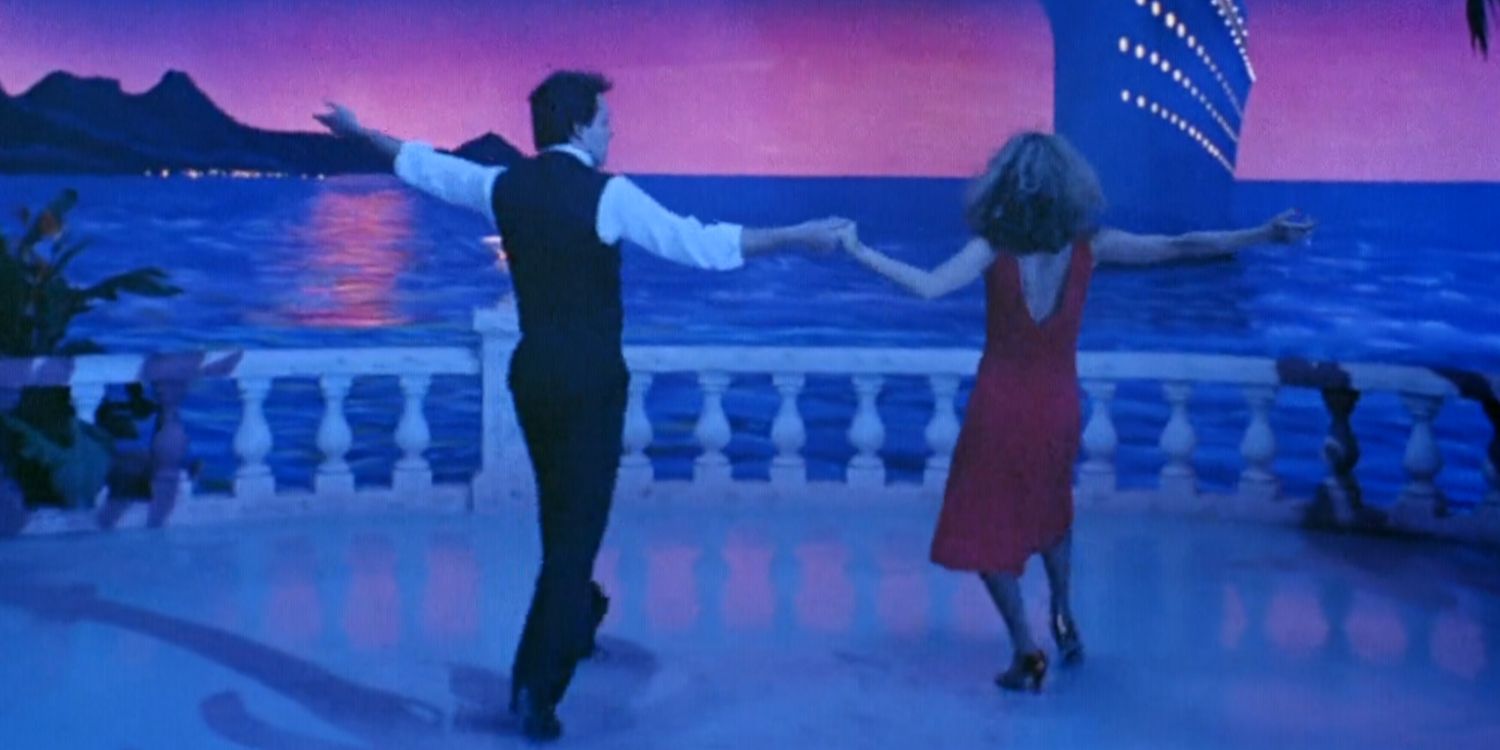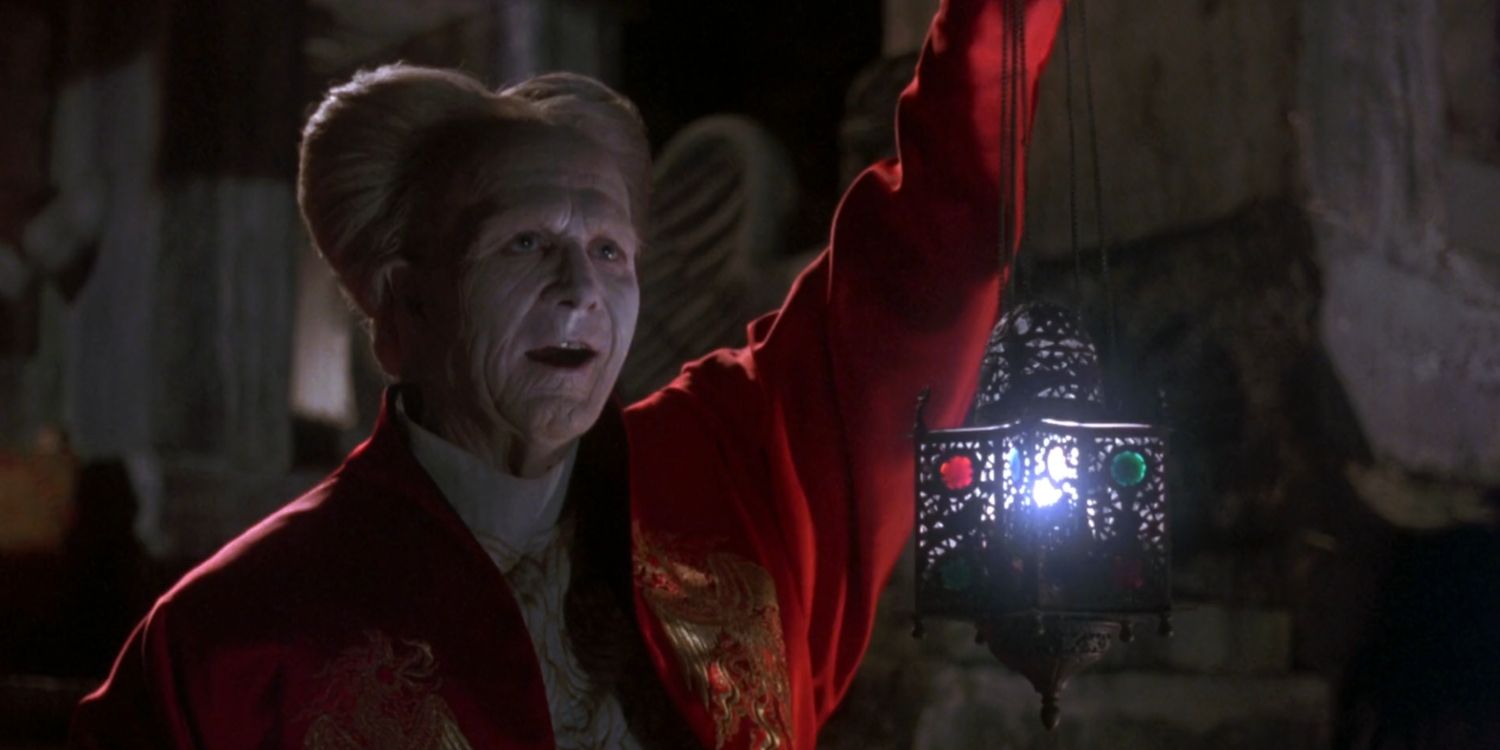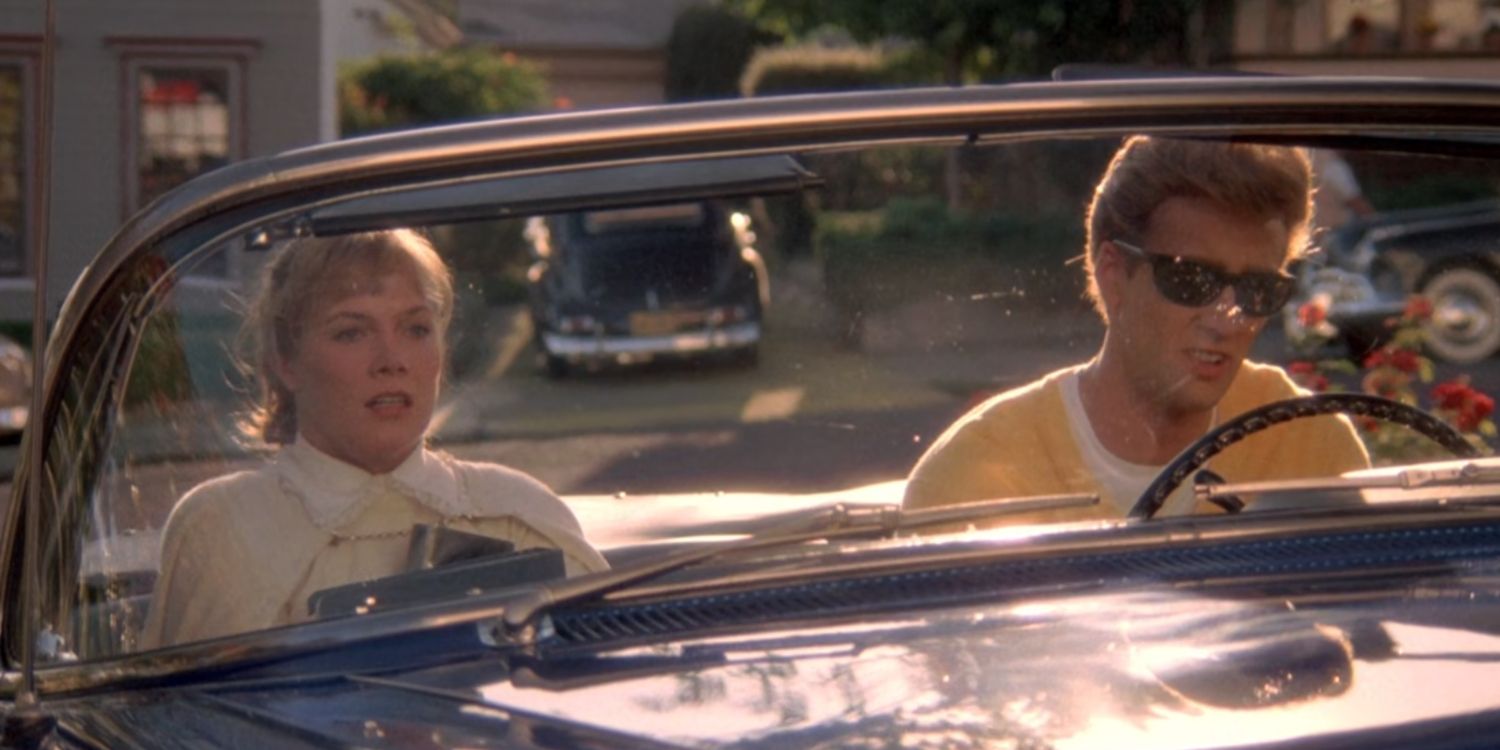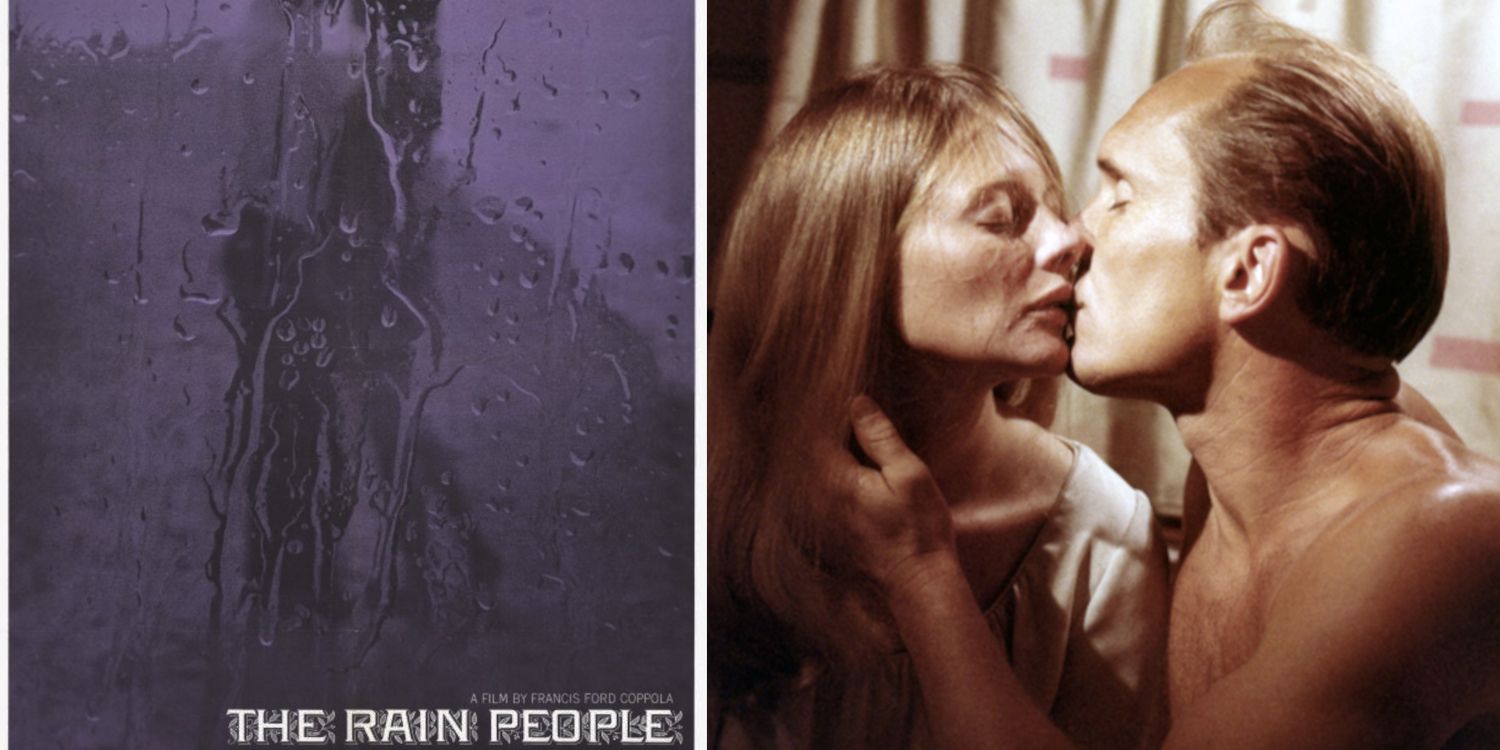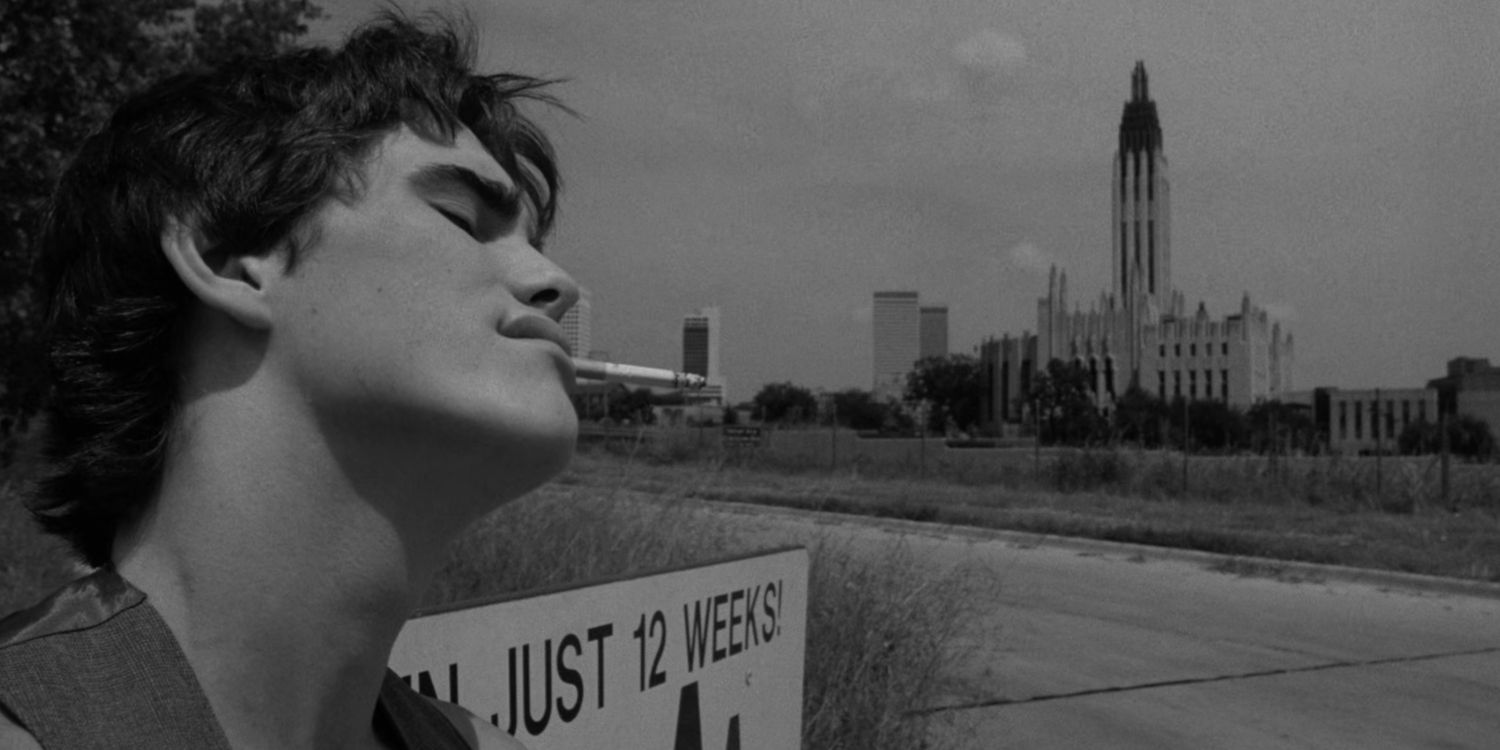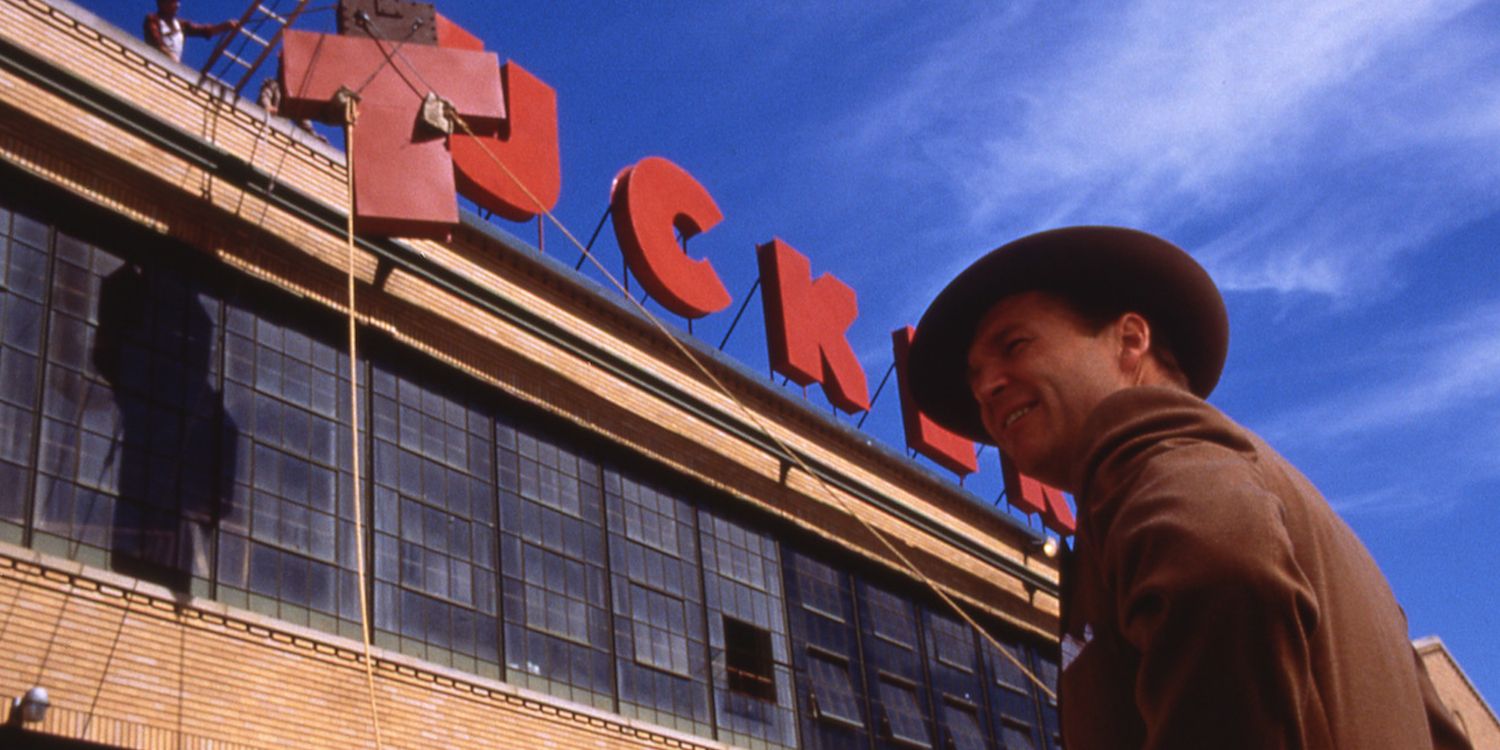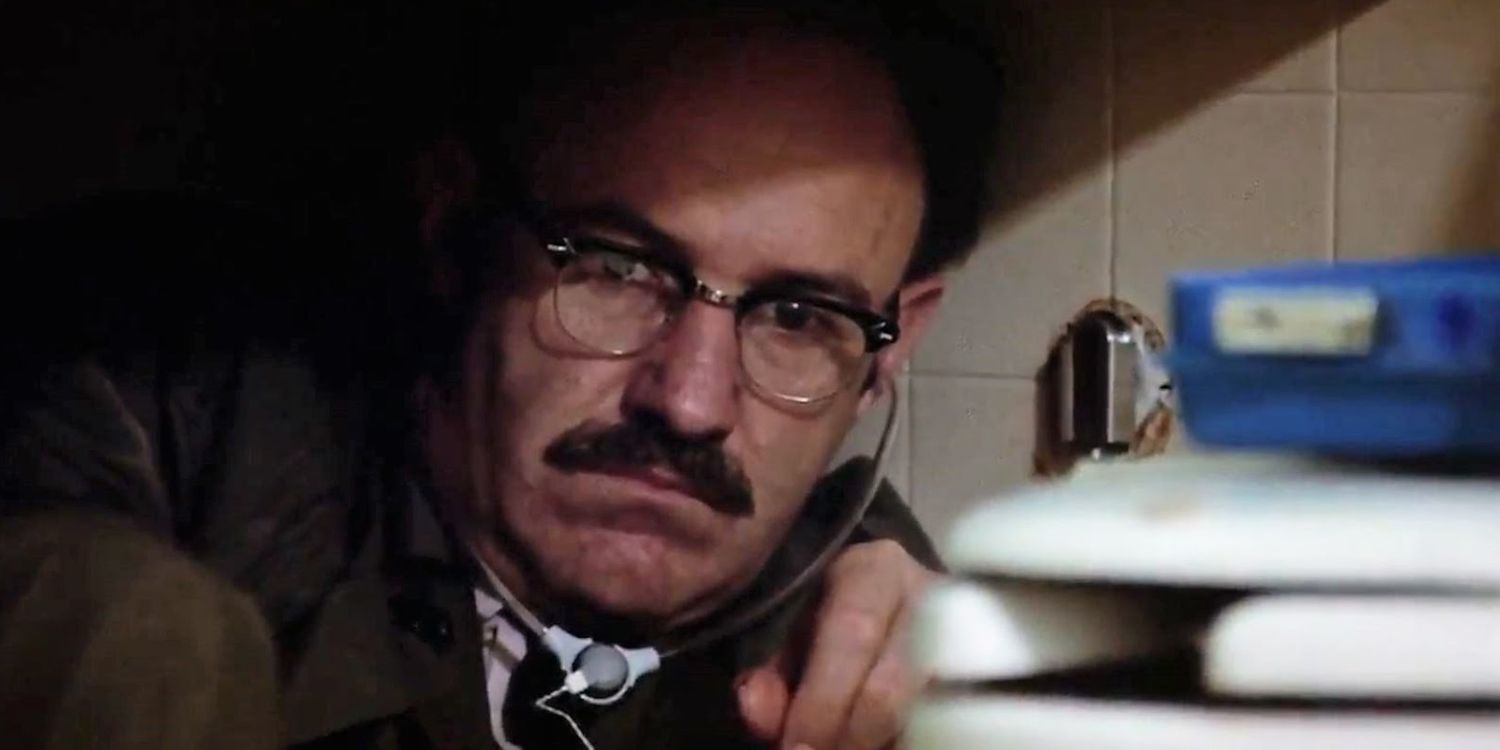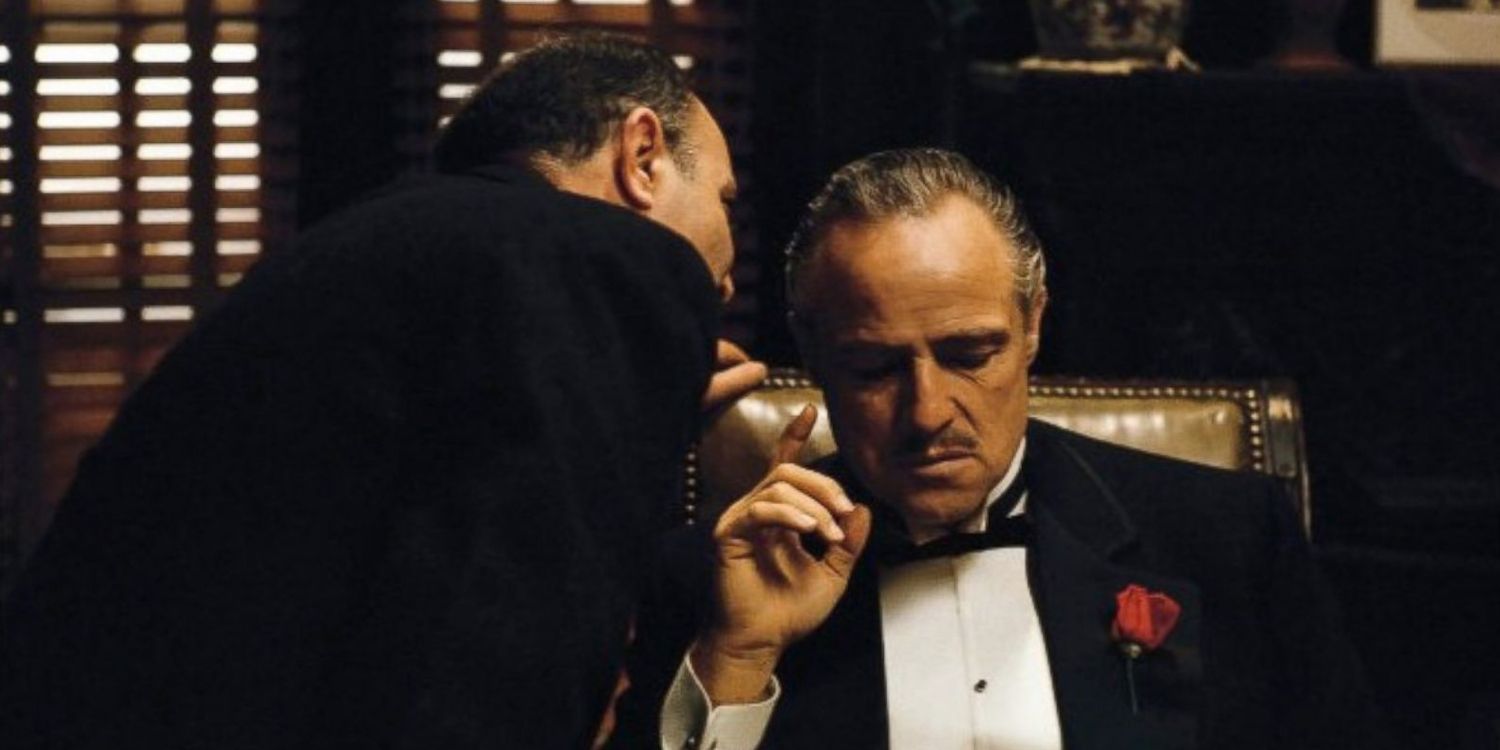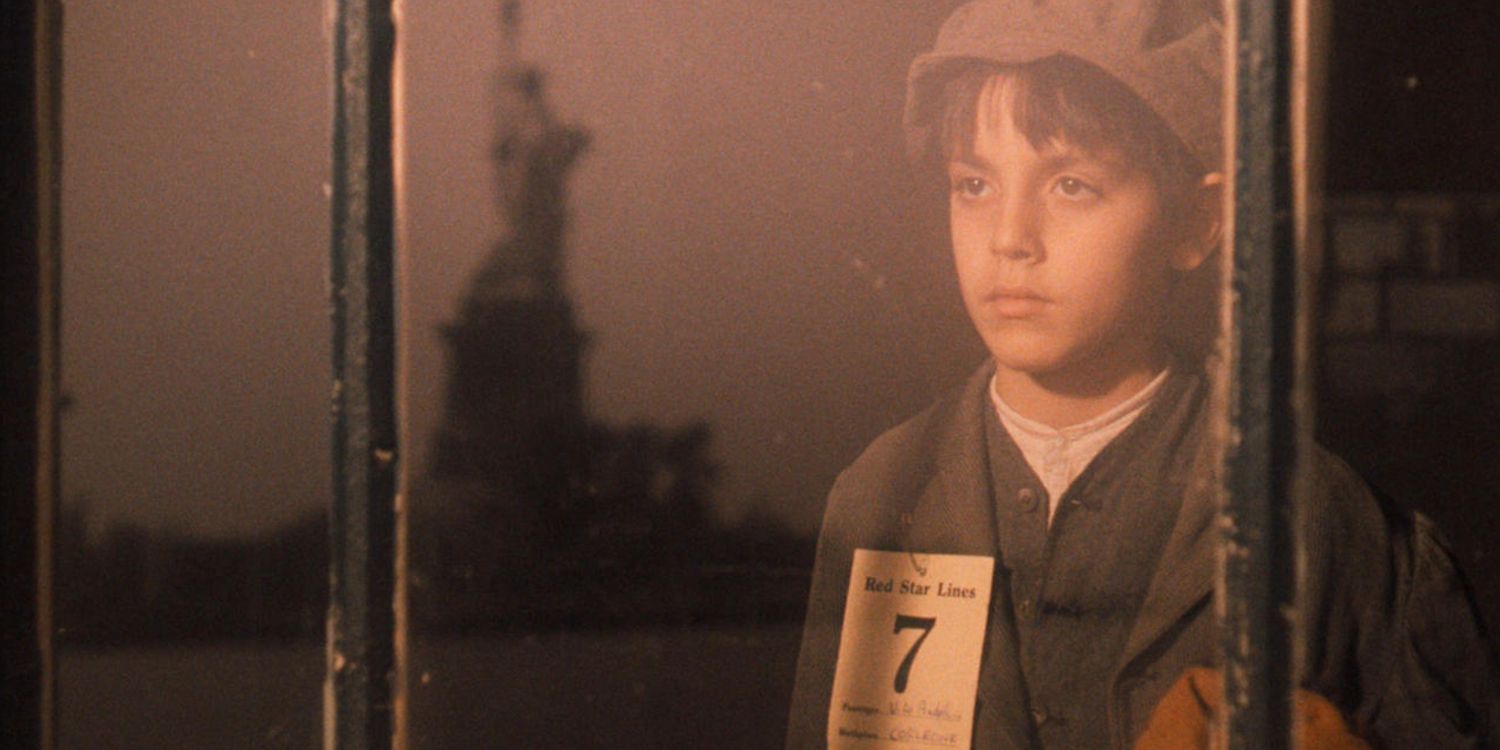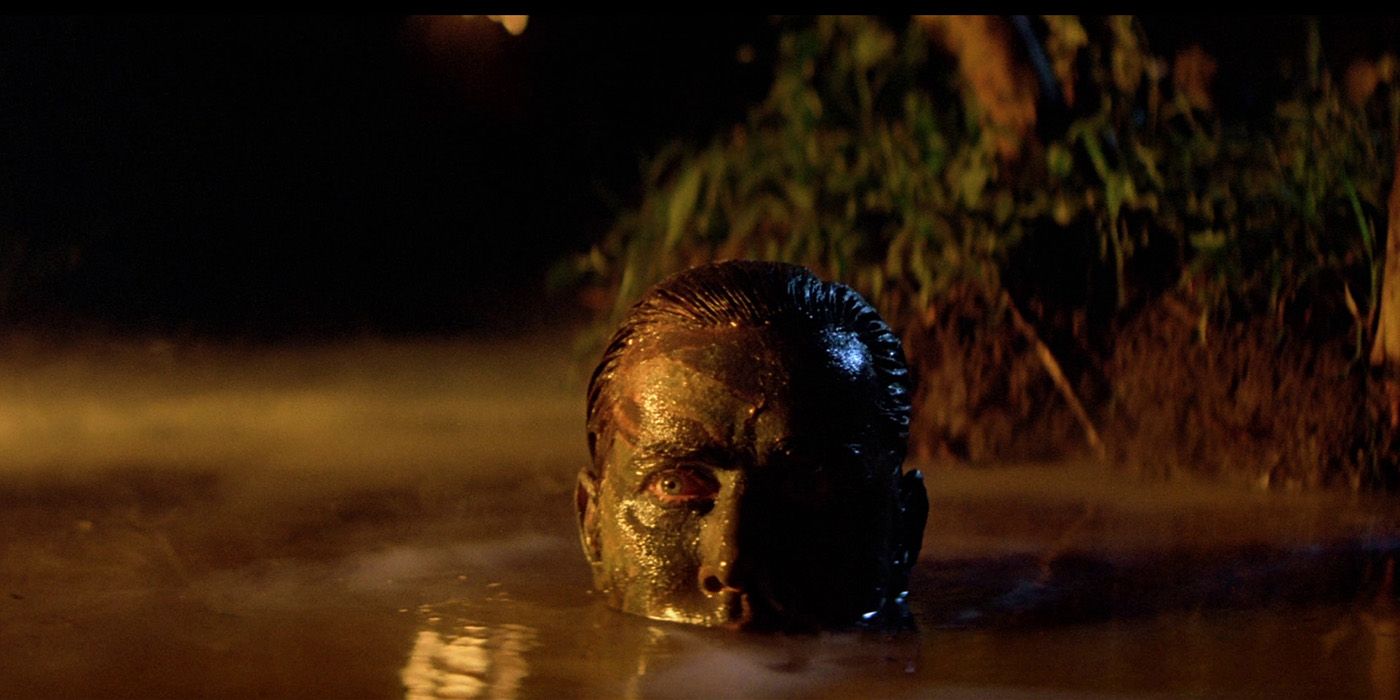Filmmaker Francis Ford Coppola is one of the most respected and acclaimed American directors of all time - here's every movie he made, ranked from worst to best. With a career spanning five decades, Coppola has made a number of iconic films. The Italian-American filmmaker is known for his epic, stylistically ambitious projects that often went over budget.
Francis Ford Coppola is, without a doubt, one of the most significant filmmakers of the New Hollywood era, also known as the American New Wave. New Hollywood filmmakers include the likes of George Lucas, Brian De Palma, Steven Spielberg, Martin Scorsese, and Stanley Kubrick. These directors opened up a whole new way of making movies, emerging out of '60s counter-culture with such films as Easy Rider, Bonnie & Clyde, The Graduate, The Deer Hunter, and Taxi Driver. However, the era would end with the massive commercial failure of films like Michal Cimino's Heaven's Gate, and Coppola's own One From The Heart.
The films of Francis Ford Coppola suffered a steady decline in popularity since his peak in the 1970s. However, subsequent decades of his filmography are still full of classics. Even his most recent, low-budget, experimental films maintain a strong cult following.
22. Jack
Jack, released in 1996, is certainly one of Francis Ford Coppola's most baffling films. A strange blend of the 1988 film, Big (starring Tom Hanks) and The Curious Case Of Benjamin Button, Jack tells the story of Jack Powell, a boy who ages at four times the rate of normal children. Robin Williams plays the ten-year-old in the body of a 40-year-old, and the result is somewhat unsettling. The film is a tonal mess that never quite overcomes the strangeness of its premise, although Coppola does try to accentuate the absurdity of it all with pathos.
21. Dementia 13
Dementia 13 was Francis Ford Coppola's very first feature film. The Roger Corman-produced, black-and-white thriller was written by Coppola and tells the story of a widow who decides to travel to her husband's family castle in Ireland in order to assure herself a place in his will. Corman instructed Coppola to make a rip-off of Alfred Hitchcock's Psycho using the leftover funds from one of his recent films. Dementia 13 is a low-budget production made over the course of nine days and, for the most part, it shows.
20. Finian's Rainbow
One of Coppola's lesser-known works, Finian's Rainbow is a 1968 adaptation of a stage musical. In this film, the filmmaker reimagines the classical Hollywood musical for a contemporary audience, leaning into the socio-political preoccupations of the '60s. Finian's Rainbow is about an Irishman, played by Fred Astaire, who steals a leprechaun's gold and proceeds to bury it in Rainbow Valley, believing it will multiply due to its proximity to Fort Knox. Finian and his daughter become embroiled in local politics as the racist Senator Billboard Rawkins attempts to buy up the land where the treasure is buried. Finian's Rainbow is an awkward attempt at combining Broadway Musical and political commentary that ultimately falls flat.
19. You're A Big Boy Now
Coppola's second feature film, You're A Big Boy Now, is a comedy that adapts David Benedictus' 1963 novel. Relocated from London to New York, the film follows the 19-year-old Bernard Chanticleer as he tries to emancipate himself from the grasp of his overbearing parents. The film is an absurdist sex comedy that deals with the romantic entanglements of a young man living in New York. With its stylish production and solid performances, You're A Big Boy Now is a strong early effort from Coppola.
18. Gardens Of Stone
Francis Ford Coppola's 1987 military drama, Gardens Of Stones, appears as a spiritual follow-up to the director's classic Vietnam epic, Apocalypse Now. This adaptation of the Nicholas Proffitt novel of the same name, follows a hardened war vet, played by James Caan, who is assigned to "The Old Guard" at Fort Myer, Virginia. This is the U.S. Army's Honor Guard and provides ceremonial guard for the funerals of fallen soldiers. The film becomes a solemn, heartfelt requiem for a meaningless war and the many who lost their lives, but it lacks the ambition of Coppola's previous war flick.
17. Twixt
By far one of Coppola's most bizarre, surreal, and experimental works, Twixt was the great filmmaker's last film before his current hiatus (although Coppola is now working on Megalopolis). The story follows down-on-his-luck novelist Hall Baltimore (Val Kilmer) as he attempts to solve a murder in a small town where he was doing book signings. What follows is a narrative divided between reality and fantasy. While it is probably the Coppola work with the least mainstream appeal, it does contain a number of his signature stylings, and references to previous works (his own as well as other classics) and to his own life (notably, the tragic death of his son, Gian-Carlo). It is a strange cinematic experience, but one that is also very rewarding for Coppola completionists.
16. The Godfather Part III
While The Godfather Part III is certainly a step down from the previous two installments, the film is not without its merits. Coppola never wanted the film to be the third movie in a trilogy, he saw it more as an epilogue. In fact, his original title for the film (and the title taken up by his latest cut of the film) was The Death of Michael Corleone. Just as Part II linked the Corleone family's business to the Cuban revolution in the 1950s, The Godfather Part III continues this tradition by tying Michael's storyline to the Papal scandals of the late '70s and early '80s. It's clear that, for Coppola, these films were never just the story of an Italian-American mobster, the filmmaker is much more interested in the point of convergence of numerous themes (morality, religion, family) in the American experience. As such, despite Coppola's regrettable decision to cast his daughter Sofia Coppola as Mary, the film does serve as an adequate conclusion to the Corleone family tragedy.
15. The Rainmaker
Coppola's 1997 adaptation of The Rainmaker stands out among the plethora of other John Grisham adaptations from the '90s. The movie stars Matt Damon as Rudy Baylor, a young law-school grad, who comes up against an insurance company in this David vs. Goliath story. Although not necessarily as stylistically or narratively ambitious as other Francis Ford Coppola's movies, The Rainmaker emerges as a surprisingly effective legal drama about America's failing insurance infrastructure.
14. The Cotton Club
After the financial failure of his past few films, The Cotton Club sees Coppola reuniting with his Godfather team, writer Mario Puzo and producer Robert Evans. The film marks the director's return to stylish gang violence as it recounts the story of Michael "Dixie" Dwyer (Richard Gere), a mob-backed musician who becomes a Hollywood star. Dixie soon finds himself caught in the crossfire of a gang war. Similar to much of Coppola's work in the '80s, he is perhaps more interested in the movie's jazz-infused atmosphere than the intricacies of the plot, but The Cotton Club still manages to offer an engrossing look at 1930s Harlem.
13. Youth Without Youth
In 2007, Coppola adapted Romanian author Mircea Eliade's 1976 novella, Youth Without Youth. The film is a strange and mystical drama about a Romanian professor (played by Tim Roth) who, after being struck by lightning in 1938, finds himself rejuvenated. He subsequently flees to Switzerland, chased by Nazis, after developing psychic powers. Once there, he encounters a reincarnation of the love of his youth. Youth Without Youth marks the director's return to filmmaking after a decade-long absence, and it is without a doubt one of the most baffling and philosophically ambitious independent dramas of the 2000s (alongside Coppola's own Twixt, of course).
12. The Outsiders
The Outsiders is Francis Ford Coppola's first adaption of an S.E. Hinton novel. The Outsiders book and movie tell the story of two "greasers" who run away after killing a member of a rival gang. The film presents an ensemble composed of young, up-and-coming actors such as Matt Dillon, Diane Lane, Emilio Estevez, Tom Cruise, Rob Lowe, and Patrick Swayze. Through his enchanting depiction of Oklahoma's dusty streets, dark moonlit nights, and blue skies, Coppola crafts a mournful coming-of-age story about a rebellious generation lost in crime and violence.
11. Tetro
With Tetro, Francis Ford Coppola once again returns to his roots with an intimate story about sibling rivalry and family legacy. The film follows Bennie (Alden Ehrenreich) and his attempt to reconnect with his elusive older brother, "Tetro" (Vincent Gallo). The film's focus on a sibling relationship and its black and white cinematography are reminiscent of Coppola's earlier film, Rumble Fish, while the musical backdrop brings to mind One From The Heart. In this sense, Tetro, which Coppola wrote himself, very much feels like a return to many of the filmmaker's signature themes and aesthetic interests.
10. One From The Heart
One From The Heart is perhaps one of the most visually stunning entries in Coppola's filmography. It was also one of the filmmaker's biggest flops and is the film that ended Coppola's string of critical and commercial successes in the 1970s. One From The Heart came out in 1982 and was not well-received by critics who found the story lacking. The movie follows Frannie (Teri Garr) and Hank (Frederic Forrest), an unhappily married couple who each experience a dream-like night of idealized romance away from the other. Hank ends up roaming the streets with a circus performer, and Frannie spends the night with a charming waiter. Coppola uses the beautiful lights and bustling streets of Las Vegas as the backdrop for this stunning cinematic fairy tale.
9. Bram Stoker's Dracula
While many adaptations of Bram Stoker's classic tend to strip the narrative down its most essential Gothic elements, Coppola revels in the campy excess of it all. Bram Stoker's Dracula was released in 1992 to a somewhat confused critical reception. While many applauded the film's ambition and old-school approach to visual effects, others were put off by its bizarre tone and over-the-top atmosphere. Gary Oldman's performance, in particular, is a standout. Coppola directs the actor to embody the Dracula myth as boldly as possible, resulting in a truly unique and unforgettable incarnation of the classic character.
8. Peggy Sue Got Married
Peggy Sue Got Married is the story of the titular Peggy Sue Bodell (played by Kathleen Turner) who faints while at her 25-year high-school reunion and finds herself transported back to her high-school days in 1960. While the film could've easily been a predictable magical-realist comedy born from a gimmicky premise, Francis Ford Coppola's focus on the melancholy nostalgia of it all really elevates the story. Coppola wants the viewer to actually feel what it was like to be a teenager in the '50s, not simply laugh at the awkward situations Peggy Sue finds herself in. The cars, the clothes, the humor, and the nostalgic glow of a half-remembered past. These are the elements the film emphasizes.
7. The Rain People
The Rain People is certainly one of Coppola's most underrated and underseen films. Made in 1969, three years before the director would garner fame and acclaim with The Godfather, The Rain People is a minimalistic and grounded road movie that follows Natalie Ravenna (Shirley Knight) who decides one day to leave her husband, setting off on a road trip in her station wagon. The film certainly fits in with the late '60s, New Hollywood indie dramas like Easy Rider, but where The Rain People stands out is in its intimate, and emotionally poignant depiction of feminist issues. Throughout her journey, Natalie desperately attempts to figure out her place in the world; a search for identity that unfortunately ends in tragedy.
6. Rumble Fish
Rumble Fish was clearly a passion project for Francis Ford Coppola. The filmmaker co-wrote the screenplay with S.E. Hinton, the author of the novel on which the film is based and it was shot back to back with Coppola's other Hinton adaptation, The Outsiders. While retaining much of the same cast (with the addition of Mickey Rourke as Motorcycle Boy), Rumble Fish differs greatly in tone and style from The Outsiders. This coming-of-age drama shot in black-and-white and featuring a strange, experimental musical score from Stewart Copeland. The original narrative is portrayed as a loose thread which Coppola uses to construct an avant-garde, atmospheric dream about youth and family.
5. Tucker: The Man And His Dream
Coppola's loving rendition of the life of Preston Tucker, an entrepreneur set on designing his own car who comes into conflict with the "Big three automobile manufacturers," appears on the surface to be a fairly by-the-numbers Hollywood biopic, but underneath the dynamic and stylized period piece aesthetics lies a deeper message about Coppola's own struggles within the film industry. Tucker: The Man And His Dream becomes a bleak indictment of capitalism's tendency to protect the wealthy and crush individual creativity.
4. The Conversation
Coppola's The Conversation from 1974, is a thriller that launched the post-Watergate wave of American conspiracy movies (followed by films such as All The President's Men, The Parallax View, and Three Days Of The Condor). The film follows a surveillance expert who finds himself embroiled in a political conspiracy of some kind when his sound recordings reveal a murder. The Conversation is, in some sense, a remake of Michelangelo Antonioni's 1966 classic Blow-Up, except with sound surveillance instead of photography. The film is a masterful portrait of a nation divided by the kind of paranoia that takes root when authorities can no longer be trusted. While Francis Ford Coppola's filmmaking is brilliant, it is perhaps Gene Hackman's performance as Harry Caul that really carries the film's slow-burn narrative, turning The Conversation into an edge-of-your-seat thriller that has only become more relevant over time.
3. The Godfather
Francis Ford Coppola's 1972 classic, The Godfather, is certainly the director's most iconic film. This adaptation of Mario Puzo's eponymous 1969 crime novel transcends the pulp origins of the mafia movie, elevating the genre to the realm of high-brow tragedy. Coppola explores the Italian-American experience through the Corleone family, led by the patriarch Vito (played by Marlon Brando) and later taken over by the youngest son, Michael (Al Pacino). The film mainly follows Michael's integration into the criminal life of his family after his return from World War II, where he served as a Marine. Michael's arc is the core of the three-hour epic and is representative of the ugly underbelly of the American dream.
2. The Godfather Part II
The Godfather Part II is Coppola's 1974 sequel to his acclaimed adaptation of Mario Puzo's novel. The 200 minute-long epic picks up a few years after the events of the first film, but also features a parallel flashback storyline portraying the rise of Vito Corleone (Robert De Niro). What could've easily been a cynical attempt to cash-in on The Godfather's popularity and acclaim instead turns into a profound tale about the immigrant experience in early 20th century America. The cross-cutting between these two timelines allows Coppola to paint a historic portrait of the Corleone family and its moral decay. The Godfather Part 2 opens with a quasi-Biblical depiction of young Vito's escape from Sicily and follows the long line of tragedies that result in Michael's reign in the '50s. Coppola widens the scope of the story, creating a truly original and visionary take on the genre.
1. Apocalypse Now
Apocalypse Now sees Francis Ford Coppola transposing Joseph Conrad's colonial adventure novel, Heart Of Darkness, to Vietnam, creating one of the darkest and most troubling war movies of all time. Captain Willard (Martin Sheen) and co.'s journey down the river in search of the elusive Colonel Kurtz (Marlon Brando) is perhaps one of the most immersive nightmares ever put to screen. Considering the difficulties Coppola and his crew faced while making the movie, it is a cinematic miracle that Apocalypse Now turned out as good as it did. Coppola's struggles and relentless determination in making the movie, as depicted in the Hearts Of Darkness documentary, are what elevate this '70s condemnation of the Vietnam war into an operatic journey into the depths of human immorality. Apocalypse Now is the film that topped off Francis Ford Coppola's impeccable run in the 1970s - with each film being better than the last, all masterpieces. Throughout his 50-year career, Francis Ford Coppola has created a number of iconic movies, but Apocalypse Now is undeniably his grandest gift to the medium of cinema.

